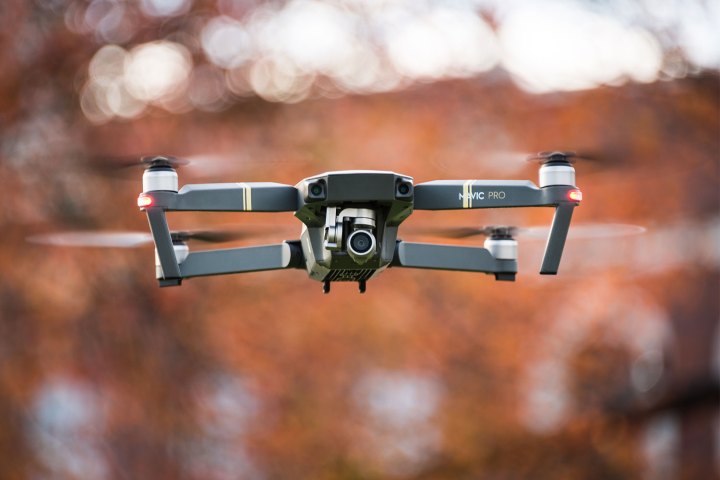
If you have a hunch that one of those boxes under the Christmas tree is a drone and you turn out to be right, you’ll be wanting to get out of the house pretty darn quick to get that bird flying high in the sky.
One thing to remember, however, is that you’ll need to register your drone with the authorities before you push the launch lever for the very first time. It doesn’t take long to do, only costs five bucks, and can be done online.
Mandatory registration, which started at the end of 2015, was put on hold earlier this year over a legal issue. But it was reinstated on December 12 as part of the National Defense Authorization Act signed into law by President Trump.
The Federal Aviation Administration (FAA) said it welcomed the reinstatement of drone registration as it should help encourage safe and responsible drone flights.
Anyone with a drone weighing between 0.55 pounds (250 grams) and 55 pounds (25 kg) needs to register their name, home address, and email address with the FAA. You’ll then receive a Certificate of Aircraft Registration/Proof of Ownership and a unique ID number on a sticker to affix to your aircraft. This helps the authorities to quickly identify you should your drone end up somewhere it shouldn’t.
The weight guidelines encompass pretty much all the popular drones on the market today, from DJI’s tiny Spark to the larger Phantom 4 Pro.
According to the FAA’s website, those who fail to register their drone “will be subject to civil and criminal penalties.”
Besides registration, newbie drone pilots should also avoid flying their machine higher than 400 feet, and always keep it within the line of sight. Also, keep it away from crowds and busy places and be sure to respect the privacy of others — in other words, don’t go buzzing over people’s yards or dropping low over people you don’t know.
It hardly needs to be said (though we’ll mention it anyway), but you should keep your quadcopter well away from places like airports and stadiums. In fact, the best way to find out about any permanent or temporary flying restrictions is by checking the FAA’s B4UFLY app (for iOS and Android), which also offers plenty of tips for newbie drone owners.
Follow these safety tips and you’re all set to have plenty of fun with your new drone. Enjoy!
Editors' Recommendations
- SpaceX gets big hint from FAA on next Starship launch opportunity
- SpaceX forced to wait longer for Super Heavy flight clearance
- New drone owner? Check out this video before you fly
- Boeing’s 737 Max has been cleared to fly passengers again
- Best cheap drones to get you up in the air


